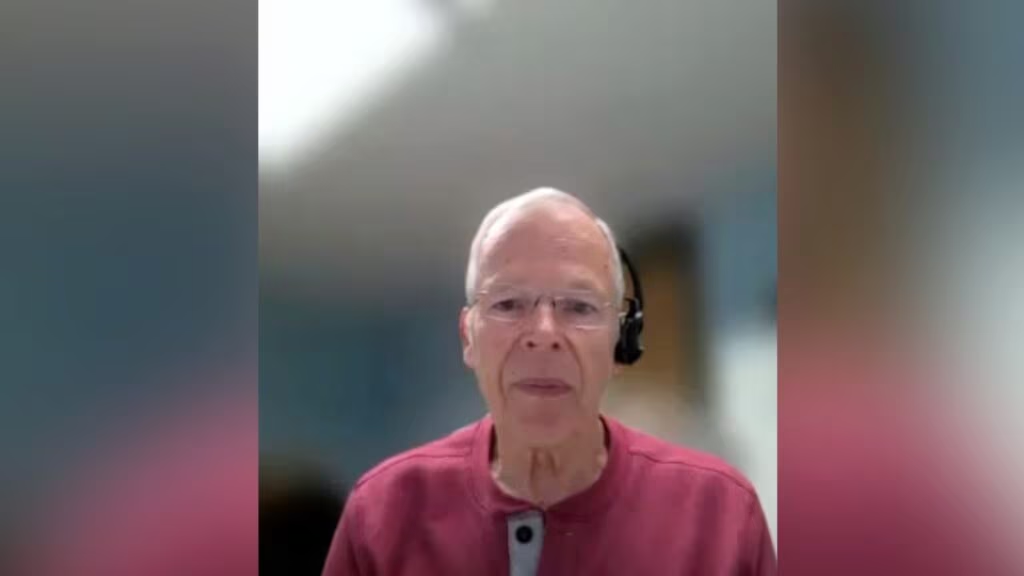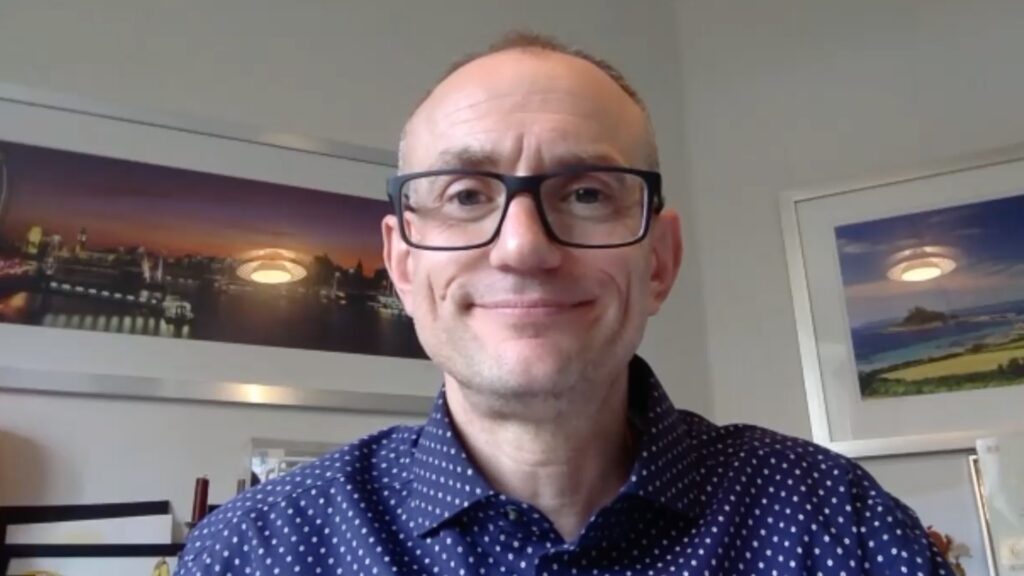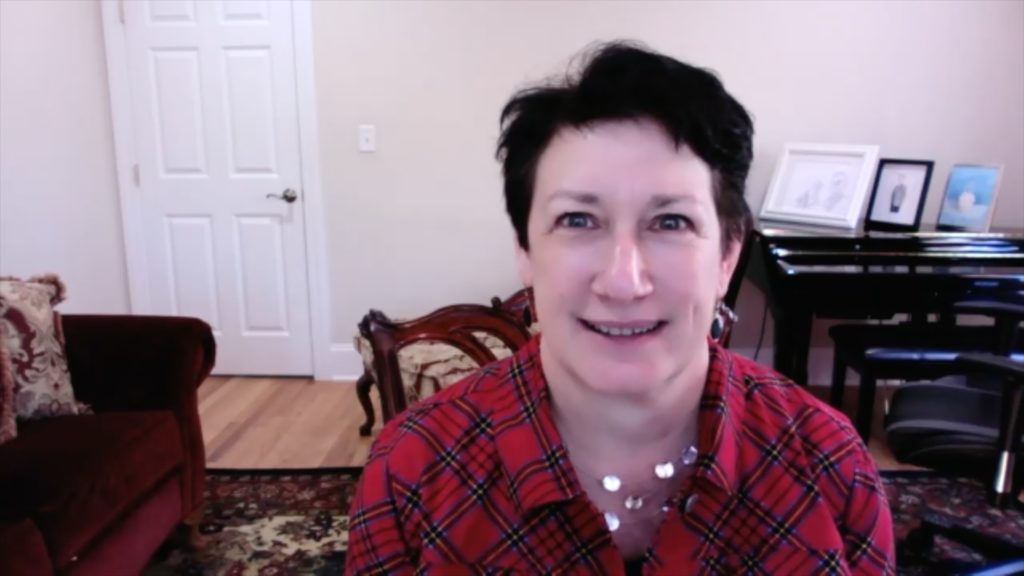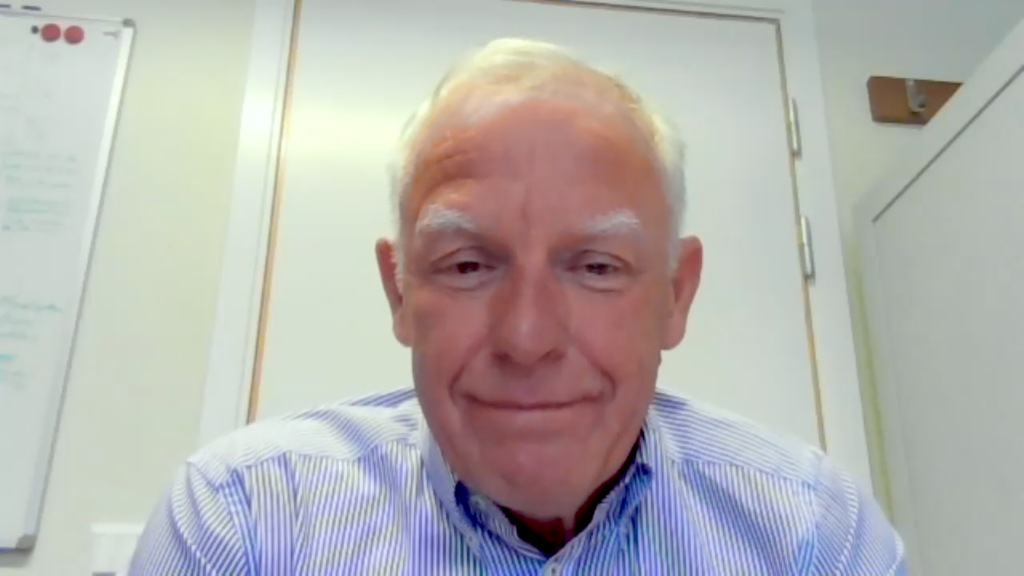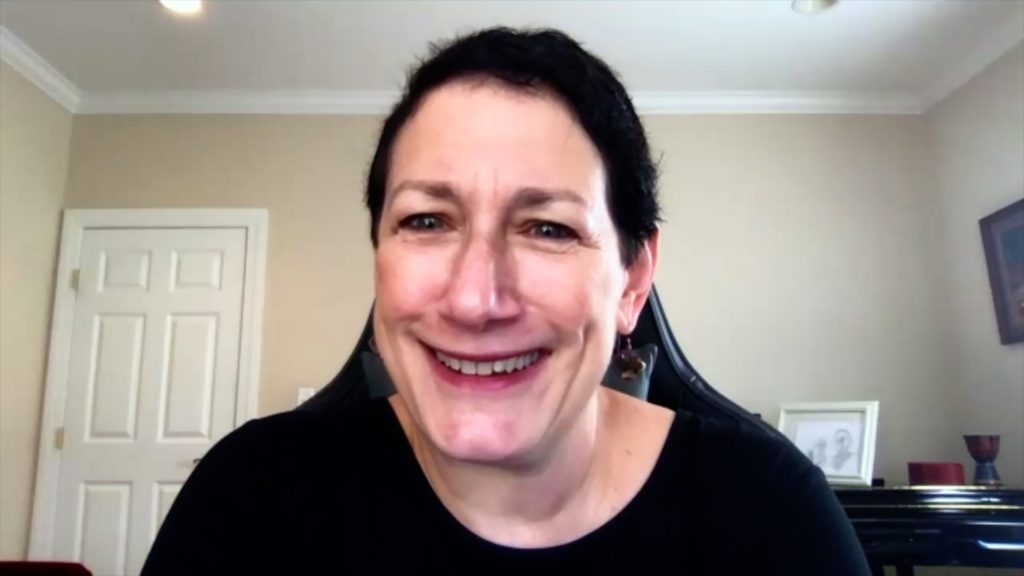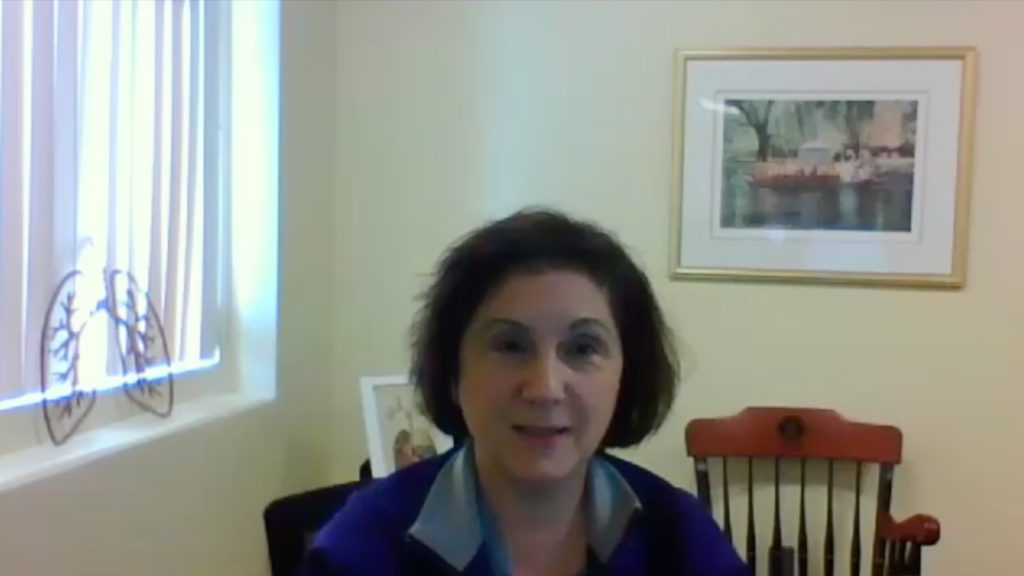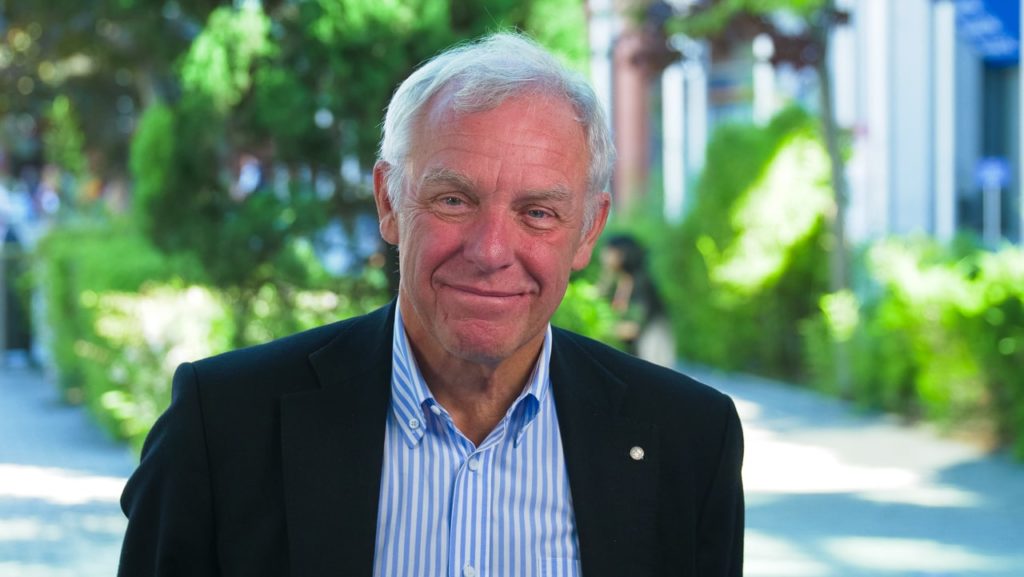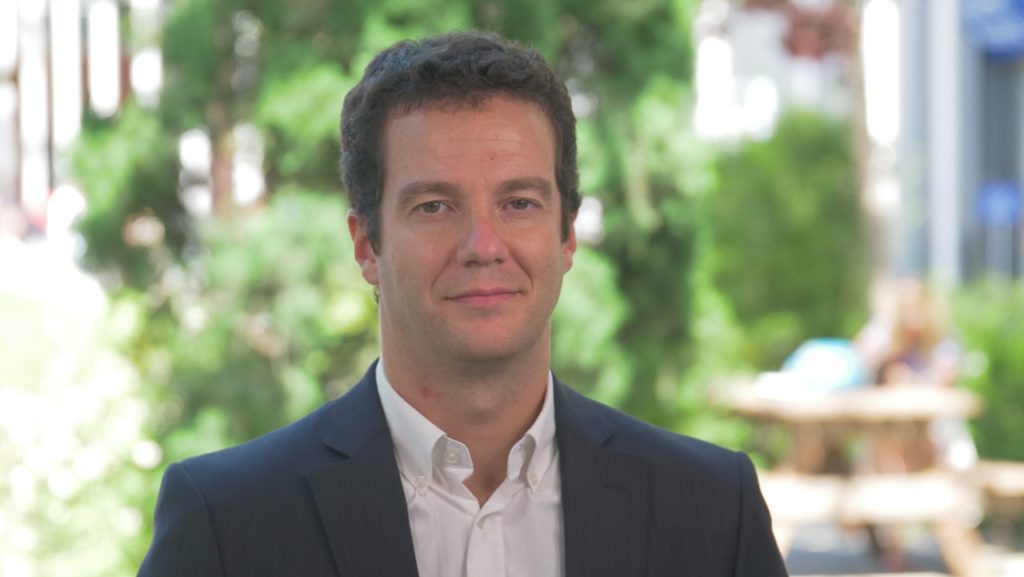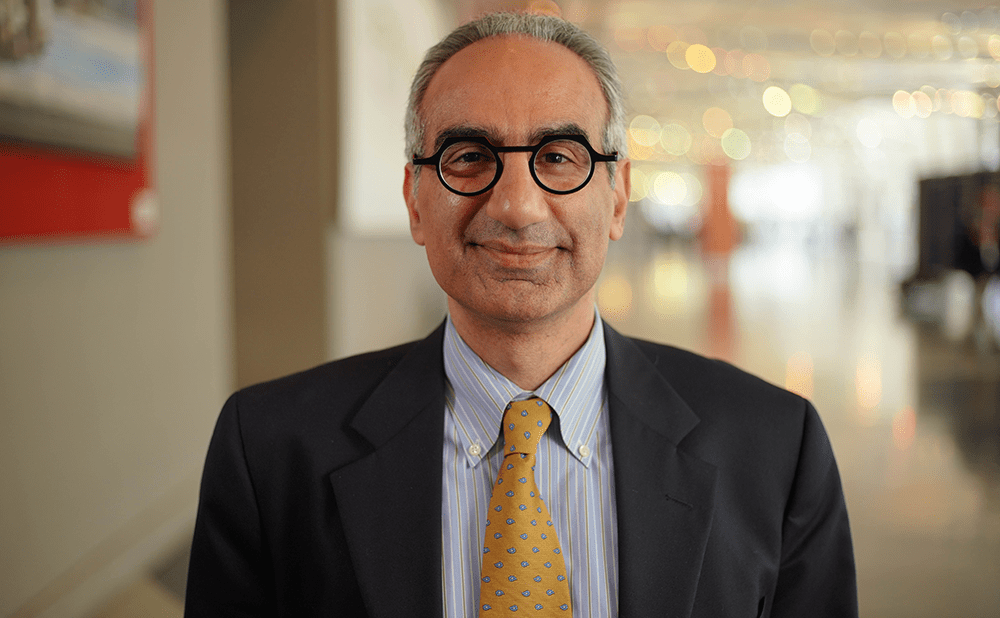Raphaël Heinzer (University Hospital of Lausanne, Lausanne, Switzerland) talks to us about the prevalence of obstructive sleep apnoea (OSA) in Europe, the importance of current clinical pathways for its diagnosis and treatment, and provides expert advice on identifying signs and symptoms, as well as what to do for patients at high risk.
Questions
1. You recently co-authored a paper looking at the prevalence of obstructive sleep apnoea (OSA) in Europe, could you please tell us about the study and your findings? (0:11)
2. How will current clinical pathways handle the identification, diagnosis and treatment of the estimated 175 million Europeans with OSA? (0:48)
3. There have not been many OSA prevalence studies conducted in the past, why do you think that is? (1:08)
4. What is the impact of untreated OSA? (1:35)
5. For the medical community not familiar with OSA, what are the signs and symptoms that they should look for in assessing if their patient may have OSA? If they feel that their patient is at high risk for OSA, what should they do? (2:07)
Speaker disclosure: Raphaël Heinzer is an advisory board member for NightBalance and Dream devices and receives speaker fees from Philips.
Filmed at the European Respiratory Society (ERS) International Congress 2018, Paris, France, September 2018, supported by ResMed.


